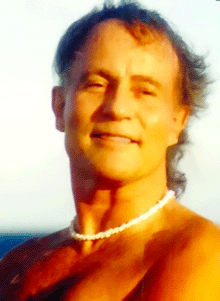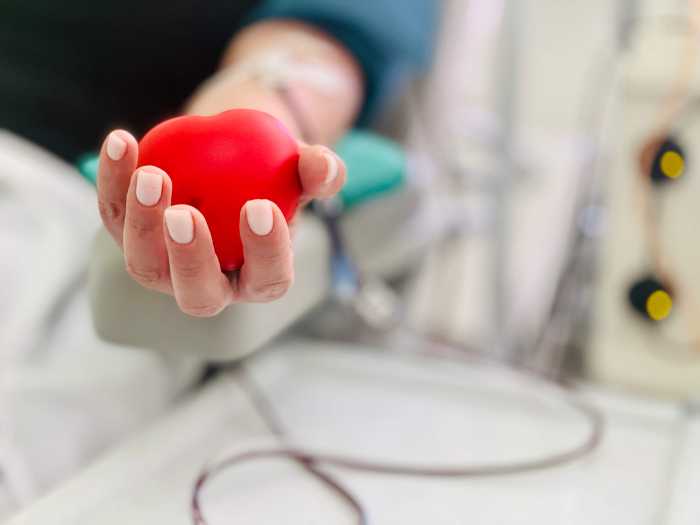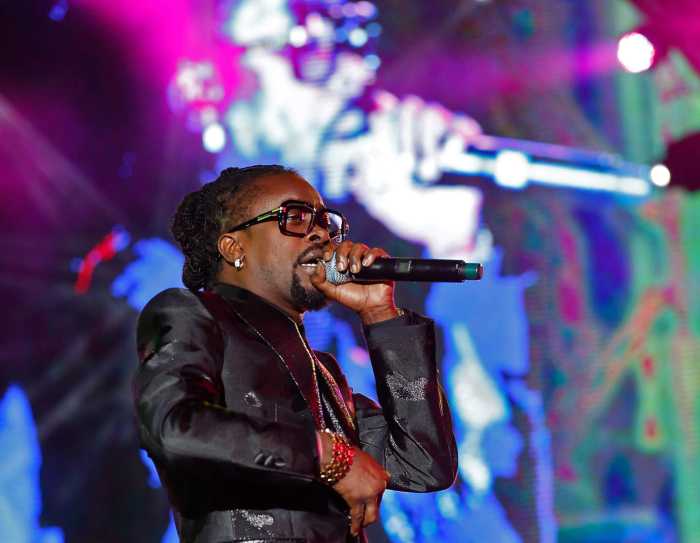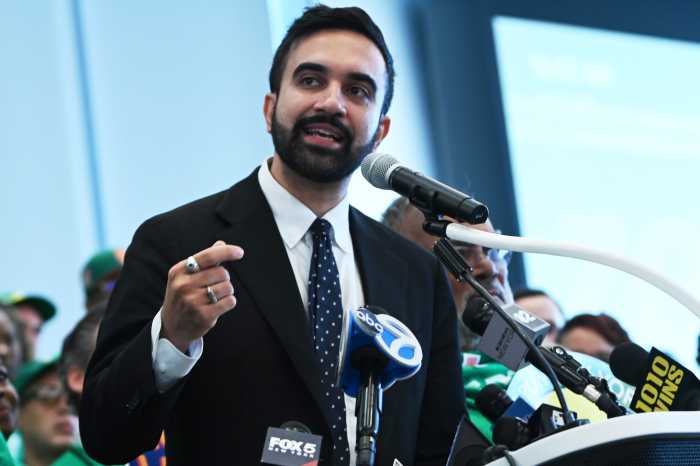Jack Nichols is honored in memorial at the LGBT Community Center
If all the people who owe Jack Nichols a debt of gratitude for their liberation had turned out for his memorial service, it would have required several stadiums.
As it was, about 40 people, mostly with gray hair, gathered at the LGBT Community Center this past Sunday to celebrate the life of one of the handful of indispensable activists who essentially invented the idea of gay liberation in the early 1960s.
Nichols, who died of lymphoma in May in Florida at 67, was remembered as “remarkably precocious” by historian David Carter, author of “Stonewall: The Riots that Sparked the Gay Revolution.” Carter recounted the fateful meeting between Frank Kameny and Nichols, then 23, in his native Washington, D.C. in 1961 that led to the creation of a Mattachine Society chapter that soon decided to break with the underground gay movement and challenge the idea that homosexuality was a mental illness and that religion was right about gays being immoral.
“He was part of a worldwide change in planetary consciousness” about the status of gay people, Carter said, “taking on centuries and millennia of oppression.” Nichols came out at the age of 13 and became, in his own words, “self-accepting” after reading Walt Whitman and Edward Carpenter at 15.
“He was one of the first to stand bravely and fight,” Carter said. Indeed, it was Nichols who pushed for the first public demonstration of gays and lesbians against a federal building—the White House in 1965—to protest Castro’s crackdown of gay people in Cuba.
A statement from Kameny, now 80 and still agitating in Washington, recalled a “cherished 45-year friendship” with Nichols and how they saw their goal of removing homosexuality from the American Psychiatric Association’s index of mental disorders “come to fruition a decade” after they conceived it.
Dr. George Weinberg, author of “Society and the Healthy Homosexual” in 1972 who coined the word “homophobia,” emotionally spoke of his “dearest friend” Jack Nichols.
“He was incredibly courageous to call a paper ‘GAY’ and put it on newsstands,” Weinberg, who is heterosexual, said, referring to the publication Nichols edited with his lover, Lige Clarke in New York. The newspaper was spawned in 1969 by Al Goldstein’s “Screw Magazine” where the couple had written a column.
New York activist Randy Wicker, a leader in the gay movement since the early 1960s, called Nichols “my best friend in life” and said that he got him his first editing job at “Screw.” He described Nichols as an “ardent atheist,” despite his spirituality and noted that “Jack despised competition” and was a life-long advocate of “male liberation” from confining sex roles.
Author Charles Kaiser asked the audience to recall “how difficult life was when Jack came out to his FBI man father” at a time when President Dwight Eisenhower ordered gays and lesbians expelled from the military and “the ACLU endorsed the policy.” He quoted the editorial Nichols and Clarke wrote after participating in the Stonewall Rebellion and said they were the “most important words they ever wrote,” emphasizing that “the revolution in Sheridan Square is part of a larger revolution.”
Lige Clarke, who was murdered 33 years ago on a trip to Mexico, was represented by his sister, Shelbiana Clarke Rhein, who called her brother “Jack’s great love.” She said, “When he cast his eyes on Lige it was like he was looking into heaven.” The men wrote several groundbreaking books together, including, “I Have More Fun with You than Anybody.” The two met in Washington where Lige was stationed as a young soldier.
She talked about Nichols and Clarke breaking up and coming back together and how, when Clarke was killed in 1975, “Jack sat at the funeral holding hands with our father,” in the hill country of Kentucky.
Poet and author Perry Brass, who organized the memorial with Robert Woodworth of the Center, said that when he got involved in the movement after Stonewall as a young man, “We referred to the old Mattachine people as ‘Auntie Toms,” noting, “We were rude and rash and didn’t want to admit that we were standing on their shoulders.”
When Brass met Nichols, “he always seemed so wonderfully glamorous—too beautiful to touch.” He said that Nichols’ grandfather “took him to mosques” in Washington where he made friends with Arab boys. “He never thought of non-Christians as ‘ungodly,’” Brass said.
In recent years, Nichols edited the “Gay Today” website, mixing current LGBT news and history. “He hated gay conservative media hogs,” Brass said.
“I once asked him what gave him the courage to do what he did,” Brass said, “and he replied, ‘I was raised to believe in myself.’” Much of the credit for that confidence was given to Nichols’ iconoclastic mother, who died just two months after her beloved son.
The papers of Jack Nichols are archived at the New York Public Library and many of his books are still in print, including his “The Tomcat Chronicles: Erotic Adventures of a Gay Liberation Pioneer,” published in 2004.
gaycitynews.com



































